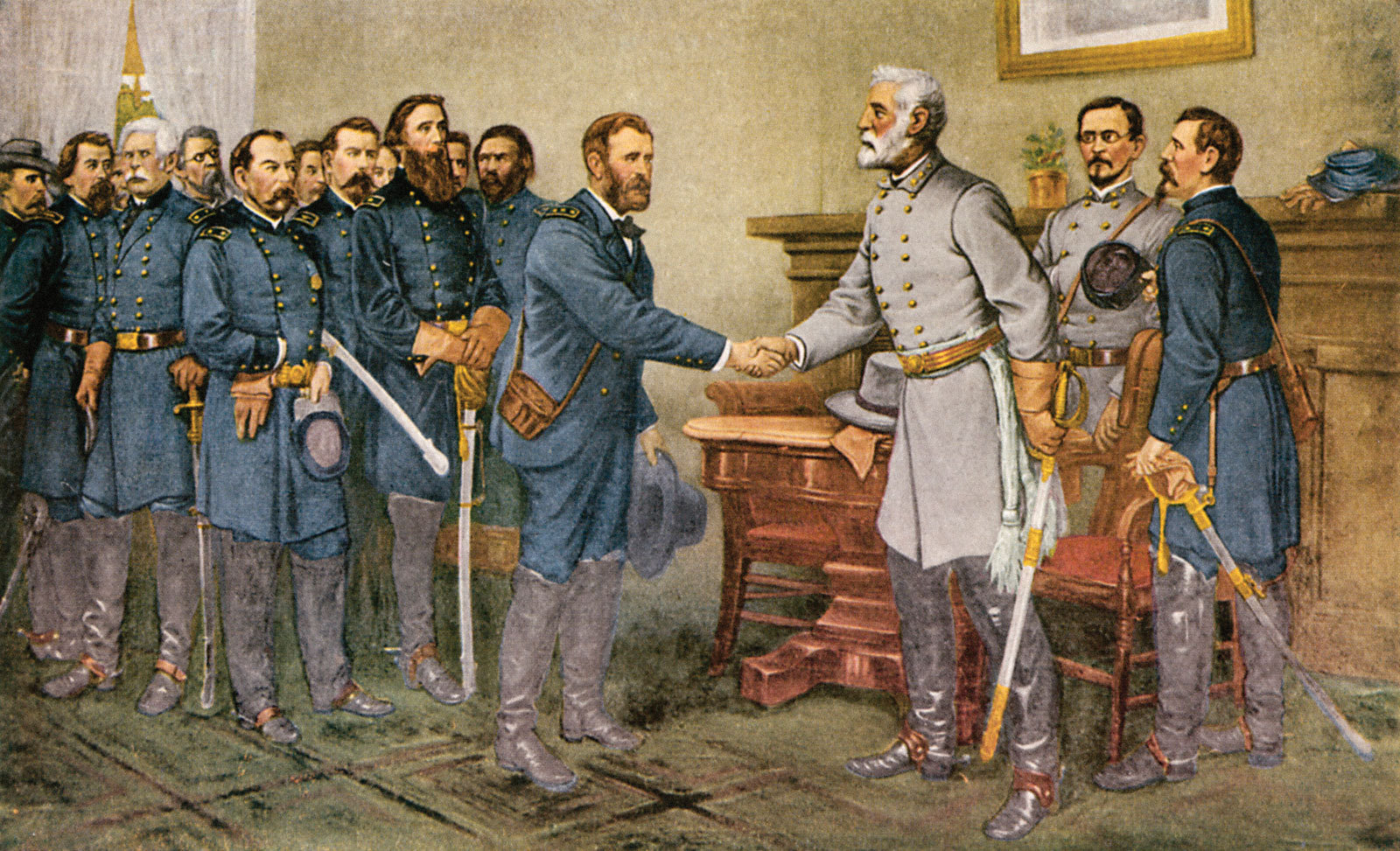
Word of the Day: Eelist
Paul Schleifer
Yea, right! That’s a word? Does it mean a person whose expertise is catching eels? Or perhaps a person who makes eels out of something else? Or perhaps a person who plays eels as if they were a musical instrument (like a cellist plays the cello)? Or is this a made-up word because I couldn’t find anything interesting for April 9?
Yes to the first question, but no to all the others. Eelist is a word, and it means either a “defect, a flaw, a deformity” (attested as early as 1549 and as late as 1806) or a “grievance, a grudge; a cause of offence or disagreement; the grounds for a quarrel; (also) ill feeling, antipathy, resentment; (in later use) spec. concealed dislike” (attested 1552 and as late as 1914, although that last reference is a dictionary the of Shetland dialect (OED). The OED calls the first one obscure and the second one rare. Surprise, surprise.
On this date in 1865, Robert E. Lee surrendered the Army of Northern Virginia to Ulysses S. Grant, effectively though not officially ending the Civil War. Lee’s surrender had been coming. In 1864, Sherman burned Atlanta to the ground (okay, about 1/3 of Atlanta, but that’s not as dramatic), and then marched to the coast. After he took Savannah, he marched north through South Carolina and North Carolina, his army followed by thousands of freed slaves, to threaten Lee and Virginia from the south.
Grant and his subordinates inflicted a series of losses on Lee and his army in the days leading up to the surrender. Lee wanted General Pickett to defend the Five Forks at all costs because of its strategic position relative to the CSA capital, Richmond, VA. But Sheridan’s army defeated Pickett’s army, and the Five Forks was lost, leading to Lee’s abandoning the capital. He had supplies waiting for him at Appomattox Court House, but Grant anticipated Lee’s movements and got ahead of him, surrounding the decimated Southern troops.
Knowing that the situation was hopeless, Lee then surrendered.
This surrender symbolically ends one of the blemishes on the United States, and perhaps the worst blemish ever allowed to exist, slavery. And yes, the Civil War was about slavery. I’ve lived in the South for almost 44 years now, and I have heard the Civil War referred to as the War of Northern Aggression. But the first shots of the Civil War were fired by Southerners against Fort Sumter, in the bay of Charleston, SC, on April 12, 1861. I do not know how the North can be considered the aggressors when the South fired the first shots. I have also heard people say that the War was about states’ rights, but the “right” that the Southern states wanted to defend was the right of the rich to own slaves.
In fact, people who are genuinely in favor of less federal control and more states’ rights should be the most disappointed with the stance of the South because it forever linked slavery and discrimination with the cause of states’ rights, a hammer used by progressives ever since to prevent a genuine return to the federalism promised by the Constitution.
Slavery was not the only blot on America’s history. There have been far too many wars, and not just the most recent ones. The American government has made too many really awful decisions: Smoot Hawley, the New Deal, the internment of Japanese- and German-Americans, drone killings, and many others. But slavery was probably the worst, and it symbolically ended on this date 153 years ago.
In the months and years to come, the U.S. government would eventually eliminate the eelist it had allowed to exist for the first 76 years of its existence.
The image is a reproduction of Thomas Nast’s “Peace in Union”; it shows the surrender of General Lee to General Grant at Appomattox Court House, Virginia, 9 April 1865. It is currently located in the Granger Historical Picture Archive, www.granger.com.